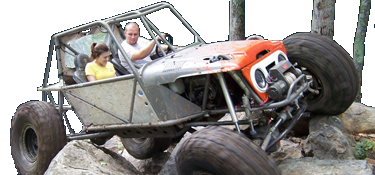VortecJeep
Powered by Uranium-235
- Joined
- Aug 24, 2005
- Location
- Concord, NC
Does your upstairs have rooms with doors?
Our upstairs has a separate unit. My house Upstairs is an open hallway and two bedrooms, 1 on each end of the hallway. The hallway has the return and one vent. If both bedroom doors are closed, it is noticeably warmer in that hallway, but the bedrooms get cold. If one or both doors are open, it is a more even temperature distribution.
It also depends on what the downstairs unit is set on.
Our upstairs has a separate unit. My house Upstairs is an open hallway and two bedrooms, 1 on each end of the hallway. The hallway has the return and one vent. If both bedroom doors are closed, it is noticeably warmer in that hallway, but the bedrooms get cold. If one or both doors are open, it is a more even temperature distribution.
It also depends on what the downstairs unit is set on.


 1920s four square house with a slate roof that sits in the afternoon sun. AC system runs from 4pm until after midnight most summer nights just to hold 75 degrees. Heat wave days the thermostat will register 78 upstairs. However, my upstairs unit thermostat is placed in a bad spot and my stairs don’t have a door to separate the zones. The bedrooms are all comfortable but none of that cool air reaches the thermostat.
1920s four square house with a slate roof that sits in the afternoon sun. AC system runs from 4pm until after midnight most summer nights just to hold 75 degrees. Heat wave days the thermostat will register 78 upstairs. However, my upstairs unit thermostat is placed in a bad spot and my stairs don’t have a door to separate the zones. The bedrooms are all comfortable but none of that cool air reaches the thermostat.